The culture of the Southern Region of Brazil , formed by Paraná, Rio Grande do Sul and Santa Catarina, is characterized by the influence of immigrants who arrived mainly during the 19th century, where they left undeniable prominence in the formation of the Brazilian people.
According to data from 1998, from IBGE (Brazilian Institute of Geography and Statistics), the South Region of Brazil has a population of 24,546,983 inhabitants.
European immigrants in the Southern Region
In southern culture, it is possible to perceive a great European influence in all forms of cultural manifestations. This is due to the history of the occupation of immigrants in this region of the country.
Portuguese immigrants
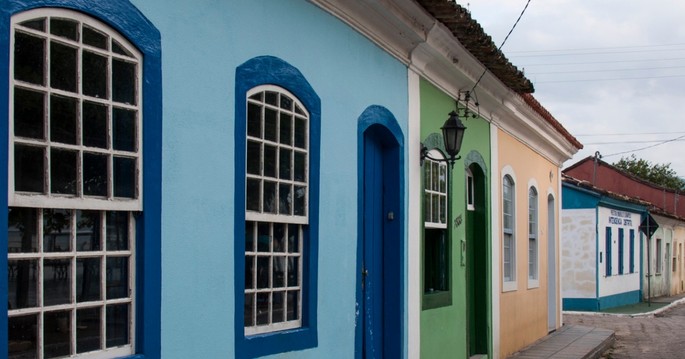
In 1808, D. João arrived in Brazil and was concerned with populating the south of the country not only to develop the region’s economy, but also to guarantee the possession of the territory for Portugal.
Soon Portuguese immigrants arrived, mainly from the Azores Archipelago, and settled on the coast of Rio Grande do Sul and Santa Catarina, where they dedicated themselves to fishing and subsistence agriculture.
German immigrants
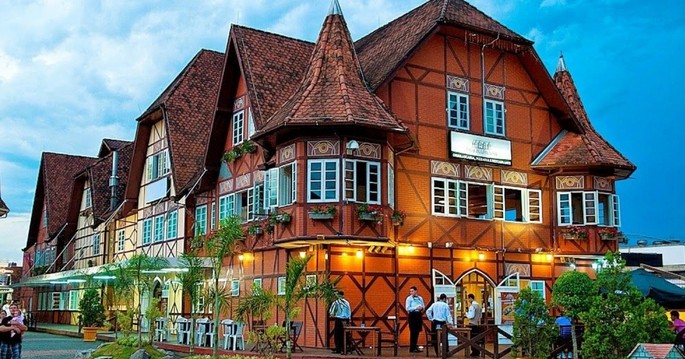
The Germans deserve special mention, not only because they had a large contingent, but also because they made an important contribution to the expansion of economic occupation.
In addition, they created a new landscape thanks to the spread of small agricultural properties, the construction of typical chalets, and the introduction of artisanal activities, the embryo of important industries.
The cities that received the greatest number of German immigrants were, São Leopoldo and Novo Hamburgo, in Rio Grande do Sul; Blumenau, Joinville, Brusque and São Bento do Sul, in Santa Catarina; Londrina, Rio Negro and Cruzeiro do Oeste, in Paraná, among others.
Blumenau and Joinville are cities strongly marked by the Germanic architecture of the houses. The city of Pomerode, in Santa Catarina, is the most German city in Brazil.
Italian immigrants
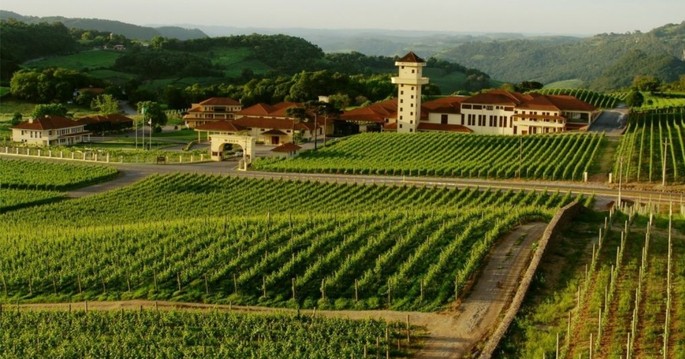
The Italians occupied a position of undeniable prominence in the formation of the culture of the South Region. They arrived from 1870 and initially settled in the rural areas.
In Rio Grande do Sul, they dedicated themselves mainly to the culture and industrialization of grapes. Many of its initial centers became important cities like Caxias do Sul, Bento Gonçalves and Garibaldi.
In Santa Catarina, they dedicated themselves to varied agriculture. They founded important cities like Nova Trento, Urussanga and Nova Veneza.
In the regions where they are more numerous, they introduced habits and customs of their country of origin, with emphasis on the consumption of pasta in their food.
Viniculture is one of the main cultural aspects of the Southern Region that reflects the influence of Italian immigration.
Serra Gaúcha has great importance on the national scene due to the production of wine. The city of Caxias do Sul, for example, stands out as the main wine production center in the country.
Other immigrants in the South Region
The culture of the South Region was influenced by Poles and Ukrainians, who settled in Paraná.
There, they left marks on the landscape, thanks to their wooden houses.
Southern Region Festivals
The impact of Italian immigration is also reflected in the diversity of popular festivities in the region.
Discover the main parties in the Southern Region of Brazil.
Oktoberfest

Oktoberfest is a festival of Germanic traditions, originally celebrated in Munich, which takes place in October in some southern cities. Among them are Blumenau (SC), Santa Cruz do Sul (RS) and Santa Rosa (RS).
Considered the largest German festival in the Americas, Oktoberfest hosts a beer festival, with shows, parades, typical dances and varied cuisine.
Feast of Our Lady of the Navigators
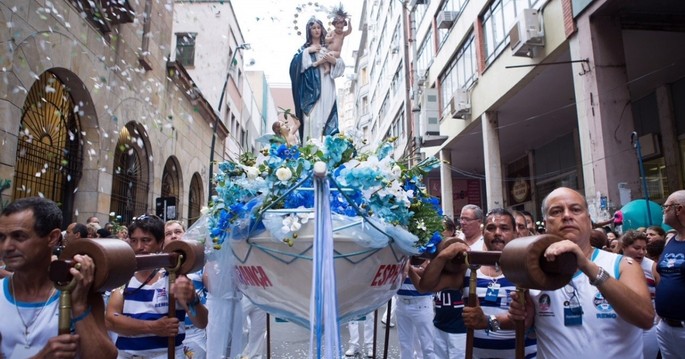
The feast of Nossa Senhora dos Navegantes, held in Rio Grande do Sul, is a tradition brought by the Portuguese. It is a procession in which the image of Nossa Senhora dos Navegantes is taken to the Sanctuary.
Originally the procession was fluvial, but after impediment on the part of the Captaincy of the Ports, it became land.
Grape party
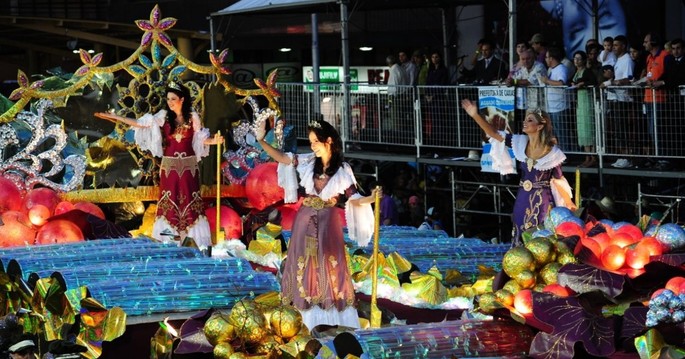
The traditional Festa da Uva, takes place in February and portrays Italian colonization through parades, regional shows and the exhibition of grapes and wines.
Dances of the Southern Region
Get to know the main dances of Southern Brazil
Dance of the tapes

South Region Culture
Also called stick-of-ribbons, the dance of the ribbons consists of a kind of mast of about 3 meters where several colored ribbons are held together by the dancers that rotate around the mast to form drawings with the ribbons.
Chimarrita

Chimarrita is a dance of Portuguese origin whose music has a very lively rhythm.
The dancers form couples who dance tap dancing and clapping hands.
Foul
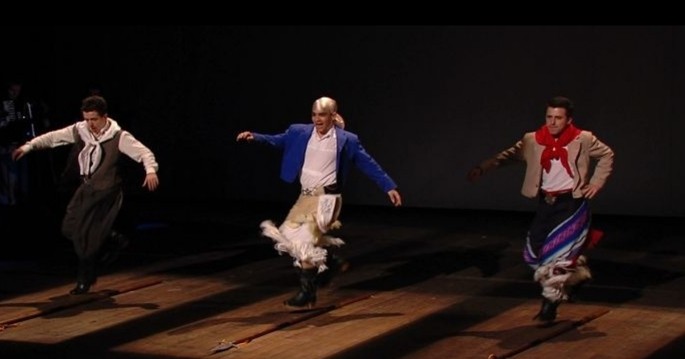
The chula is a dance derived from a Portuguese dance.
It consists of a male dance where the participants dance around a wooden stick performing jumps and taps.
Are you interested in learning more about dancing? Don’t miss the texts below!
South Region Music
Check below a list of the main musical styles and rhythms of Southern Brazil.
- Fandango
- Vanerão
- Xote
- Call me
- Balaio
- Armadillo
- Machete
- Ribbon stick
- Band music
Southern Region Clothing
Find out what are the main typical costumes of the South.
Bombs

Bombachas are baggy pants, sometimes worn inside boots, which are buttoned at the ankle.
They are usually made of tergal, linen, denim or cotton.
Poncho
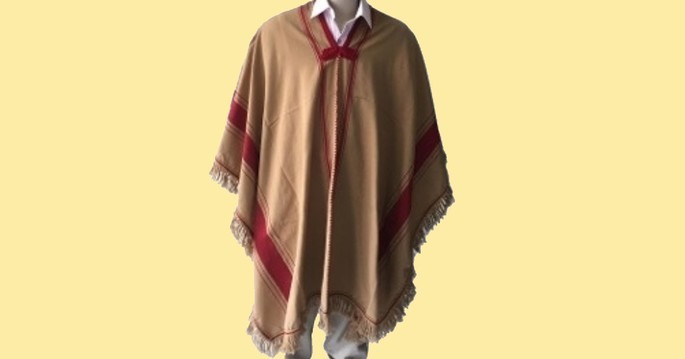
The poncho is a typical piece of clothing from South America, widely used in southern Brazil as protection against the cold.
Gift dress
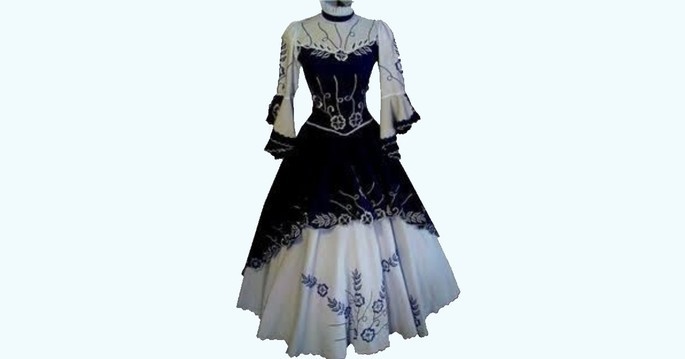
The gift dress is the typical female gaucho costume.
It is a dress usually without neckline or with a very discreet neckline, adorned with lace, embroidery, ribbons and / or ruffles, among others.
South Region Handicrafts
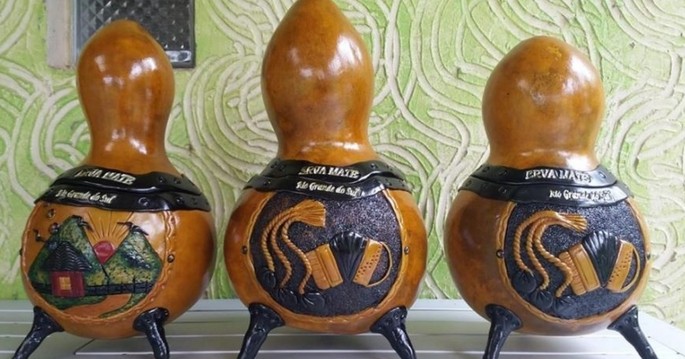
Like other cultural aspects of southern Brazil, handicrafts are influenced by European immigration in the region.
Check below some of the main arts that represent the traditions of the South Region.
- Lace
- Ceramics
- Crafts with porongo
- Peaches
- Wood carvings
- Leather Crafts
Southern Region Cuisine
Discover the main typical dishes of southern Brazil.
Barbecue
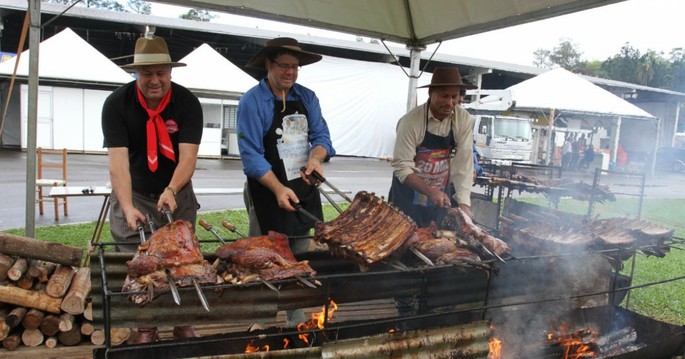
The barbecue is a specialty of Rio Grande do Sul that originated in the Pampa Region.
The barbecue can be prepared on a barbecue or on the ground (a type of preparation known as ground fire.)
In southern Brazil, meats are roasted on skewers. In other regions of Brazil, they are sometimes roasted on a grill.
Chimarrão
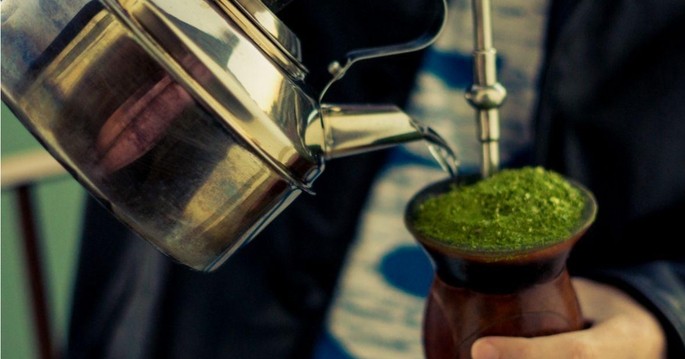
Chimarrão is a typical southern drink, prepared with yerba mate.
The herb is placed in a kind of gourd and then irrigated with boiling water. The result is a kind of tea, consumed without sugar.
Cooked Corn Meal

Polenta is a typical Italian dish that has also become popular in southern Brazil. It consists of a delicacy made with cornmeal, water and salt and its preparation can be fried or cooked.
Cuca
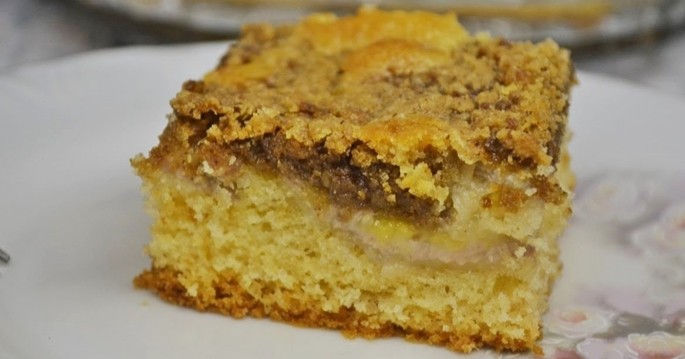
The cuca is a dish of German origin that consists of a kind of tray cake made with fruits, such as bananas and apples, which has a slightly crunchy topping and is served in pieces.
Other typical dishes of the South Region
- Carrier rice
- Angel chat
- Barreado
- Cooked pinion
- Ambrosia
